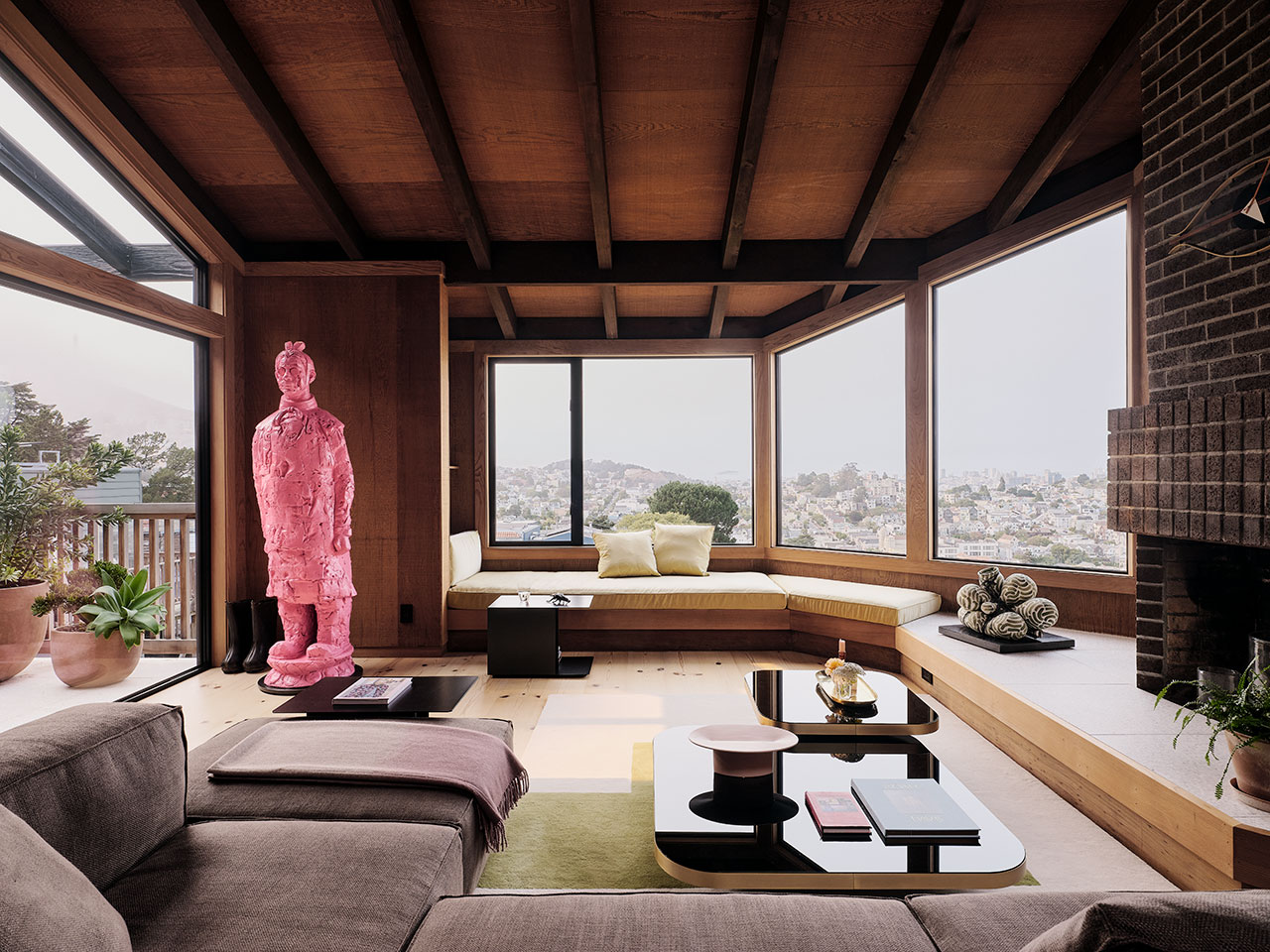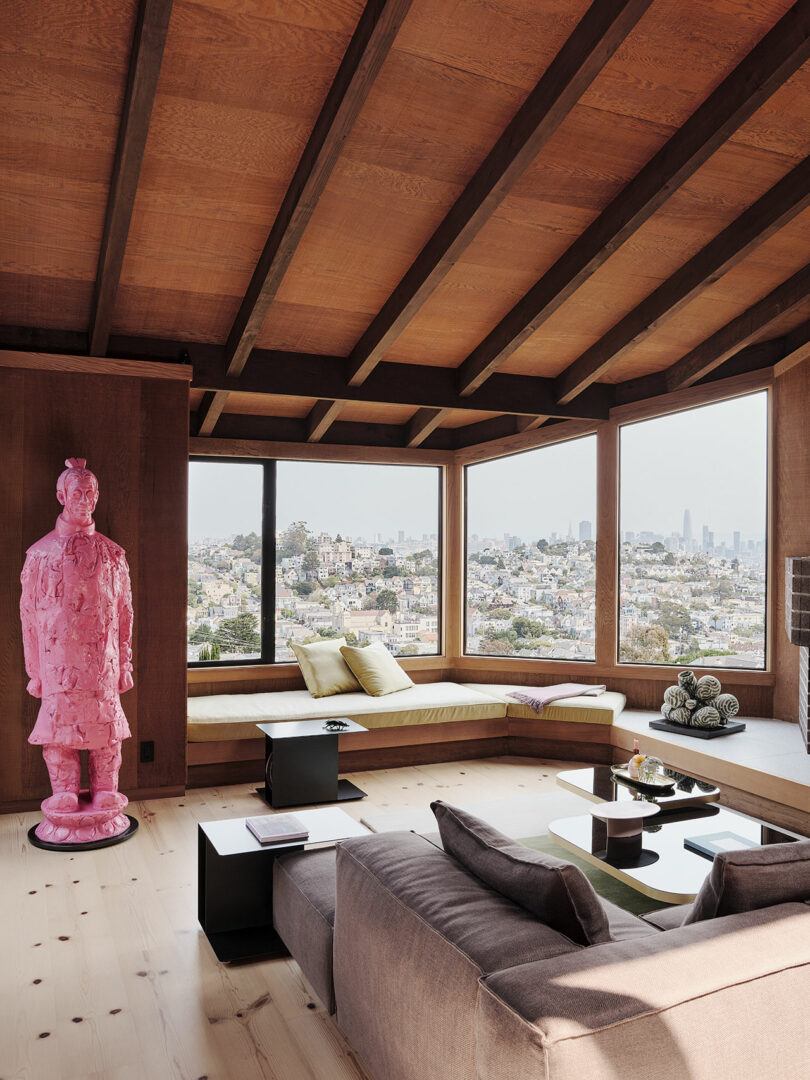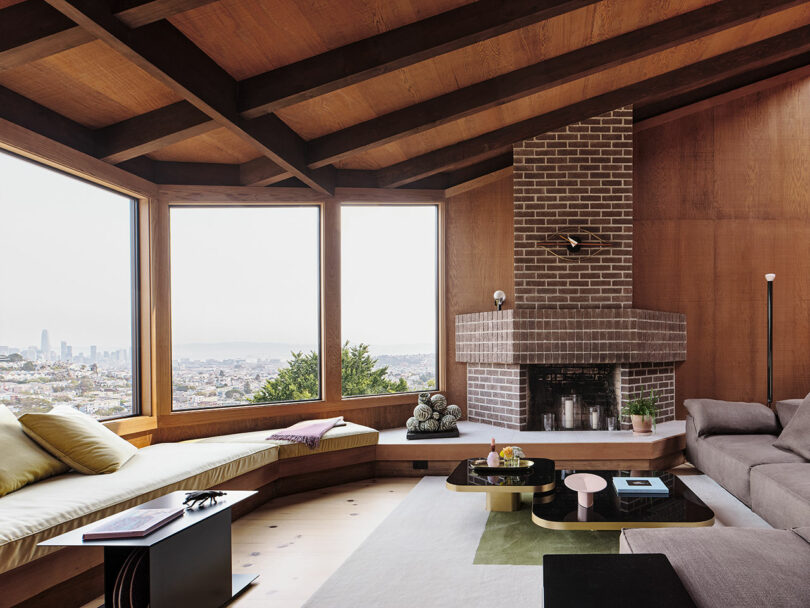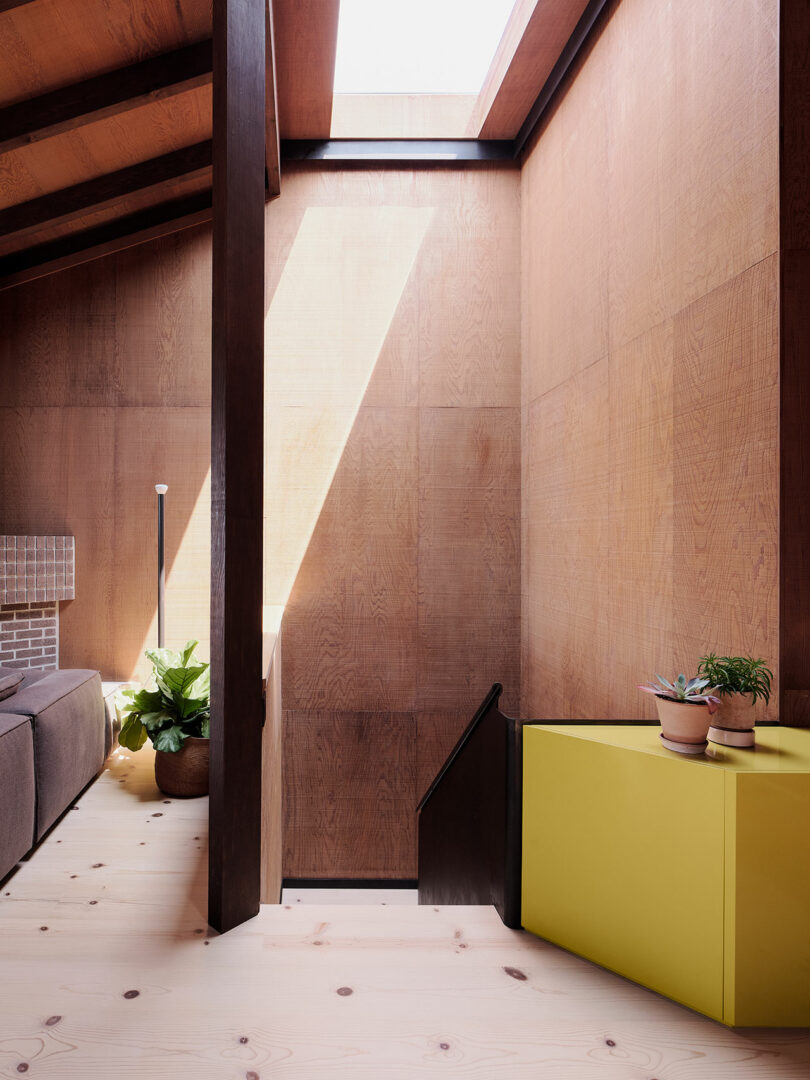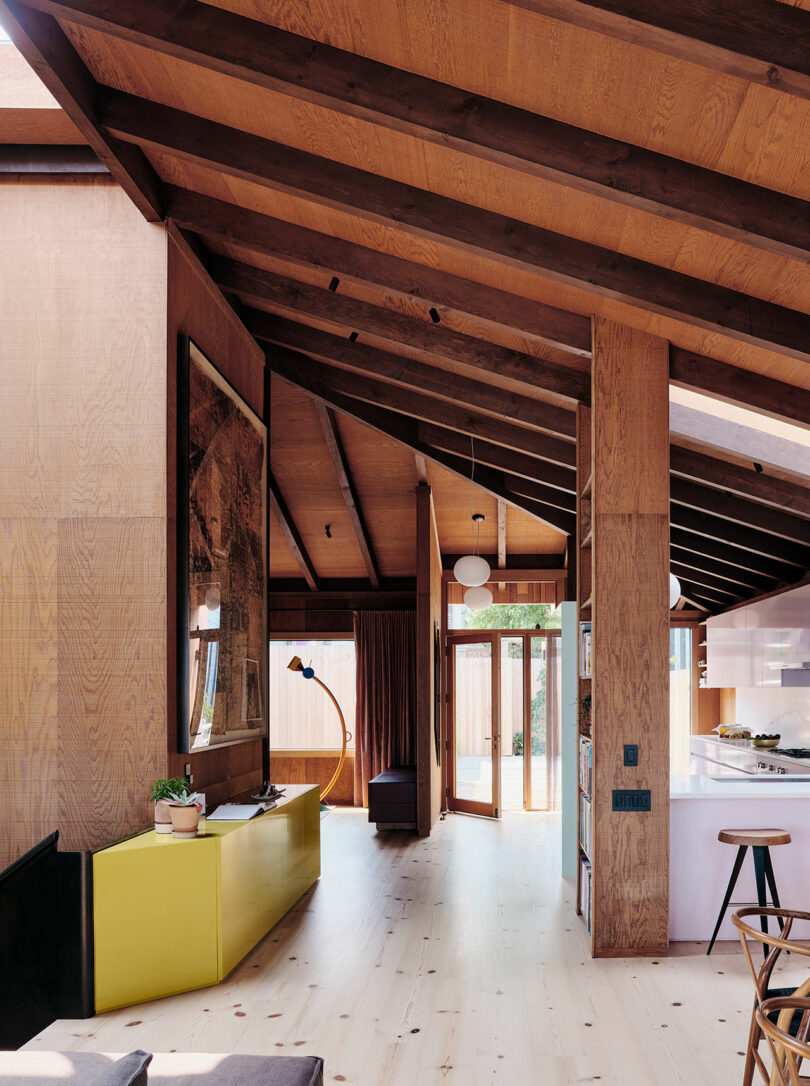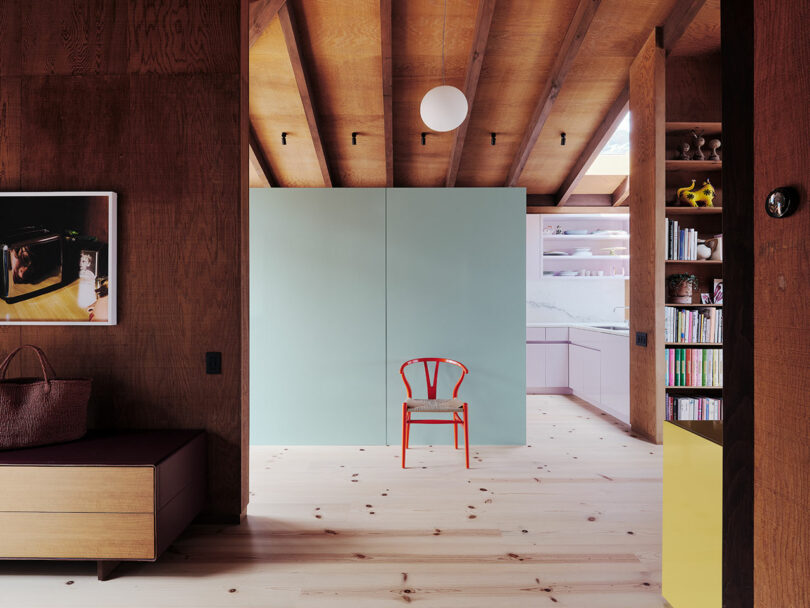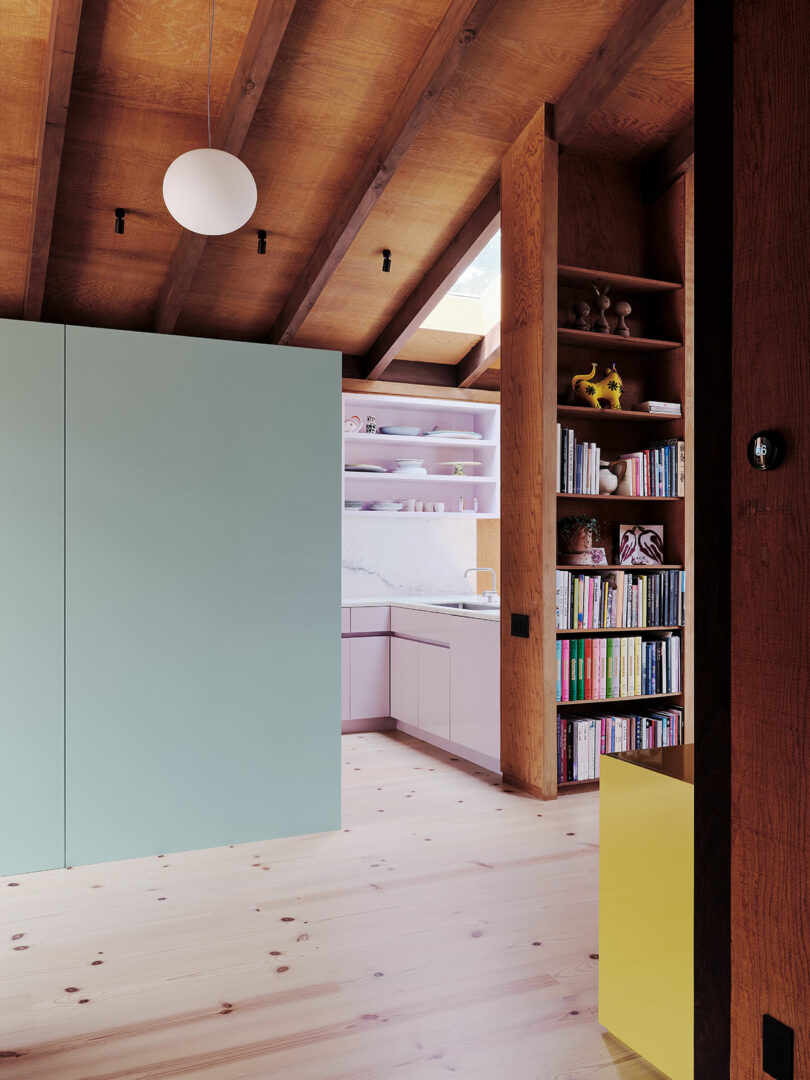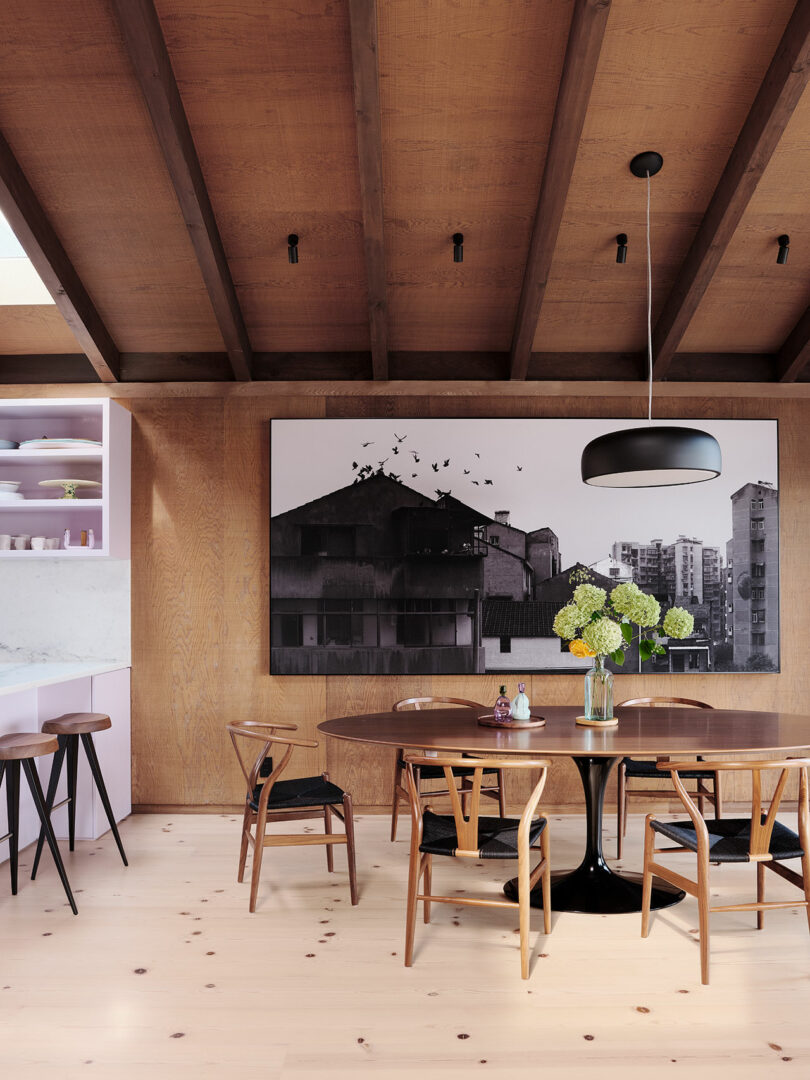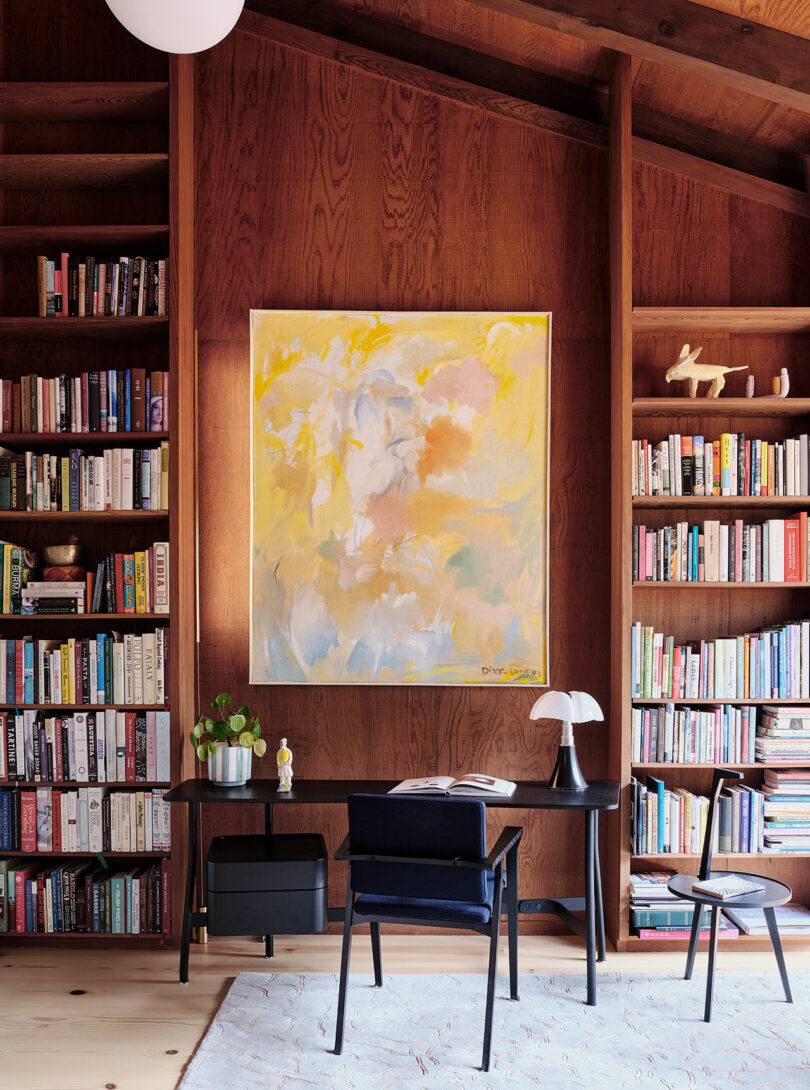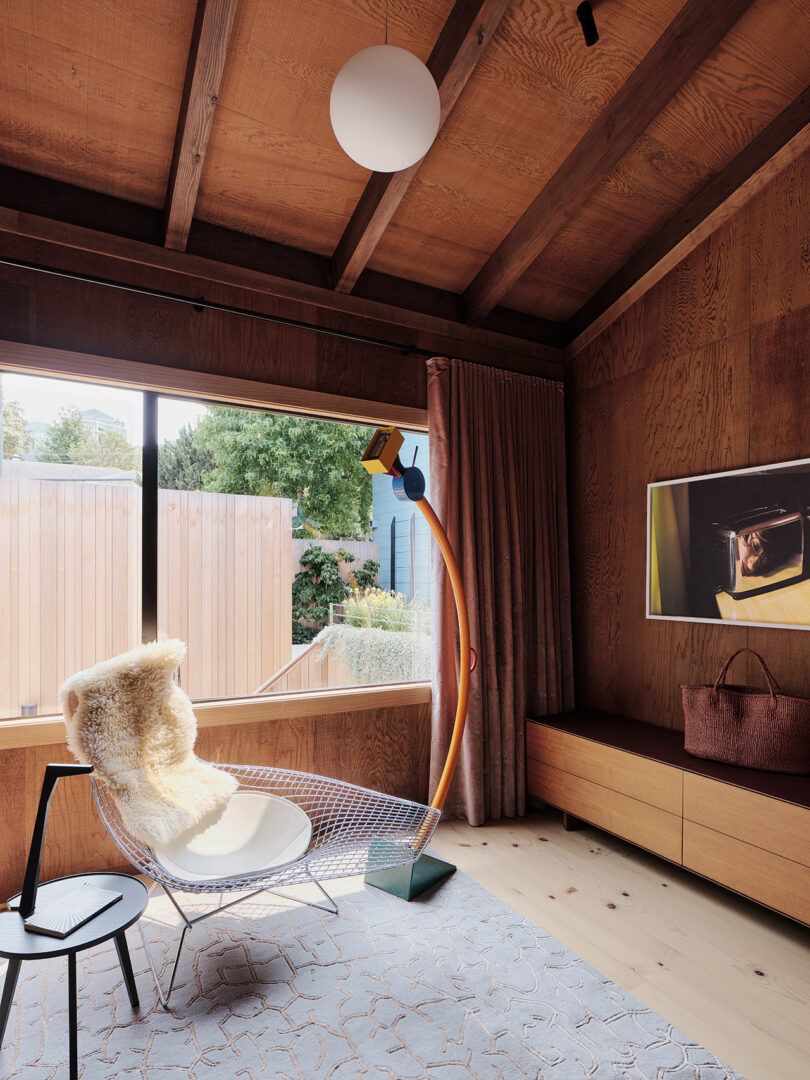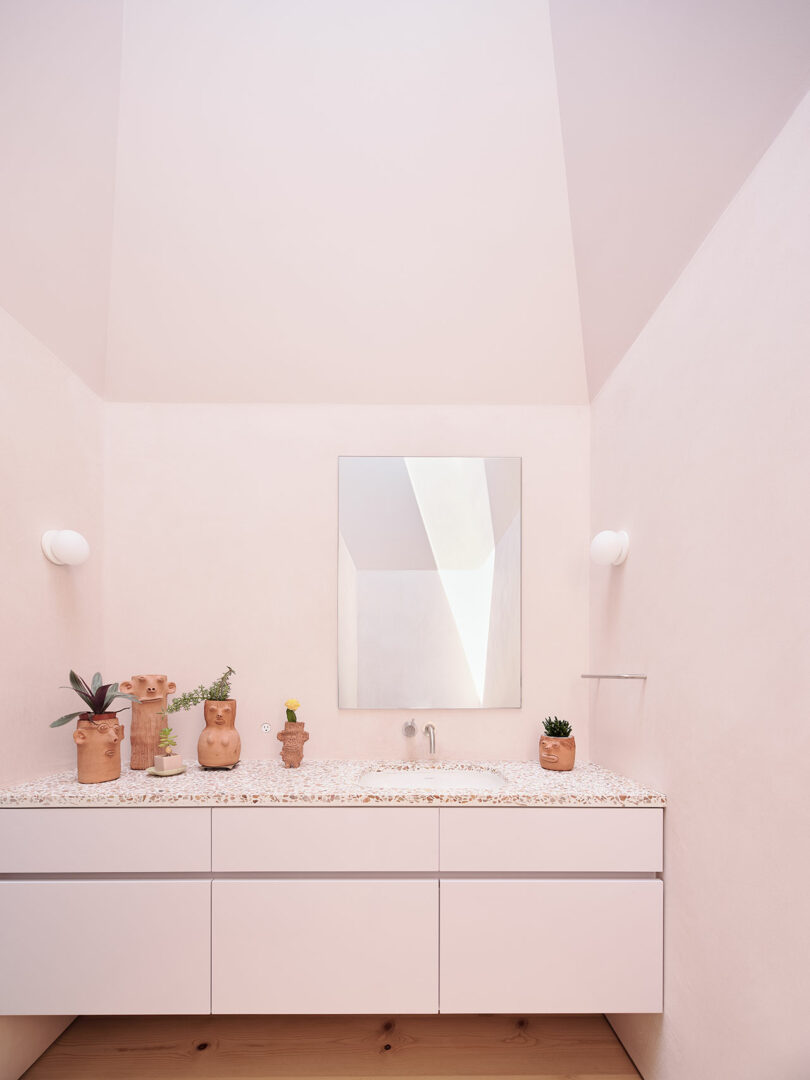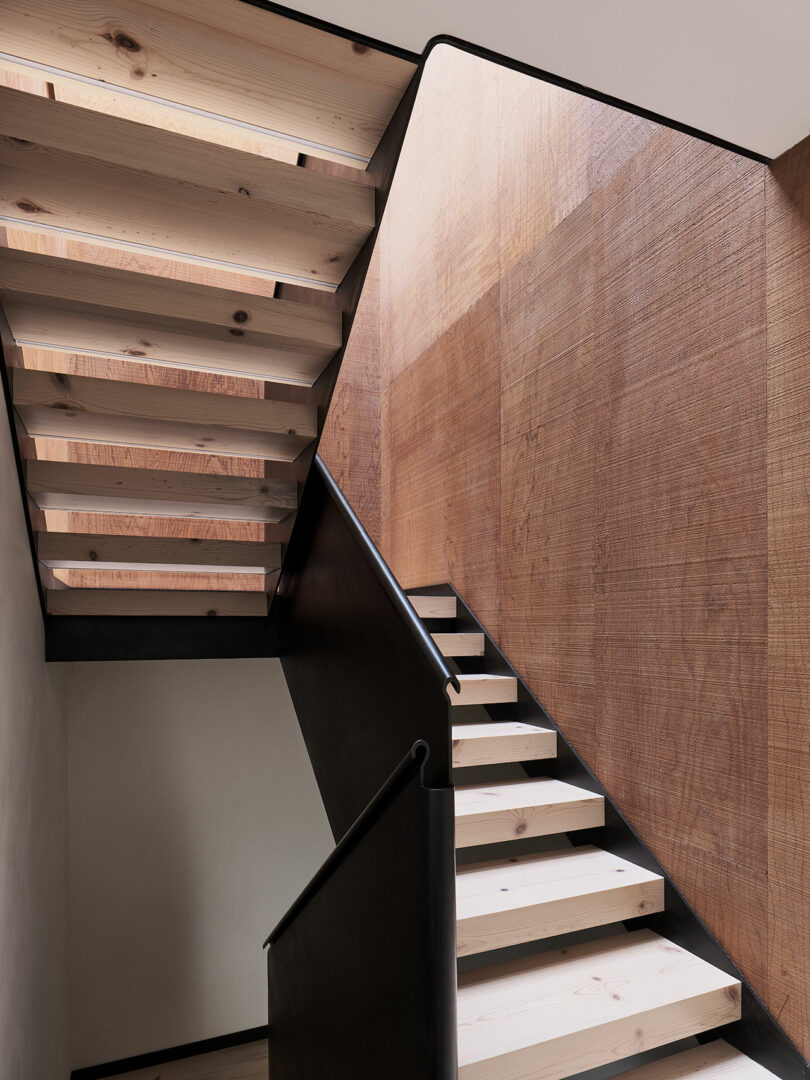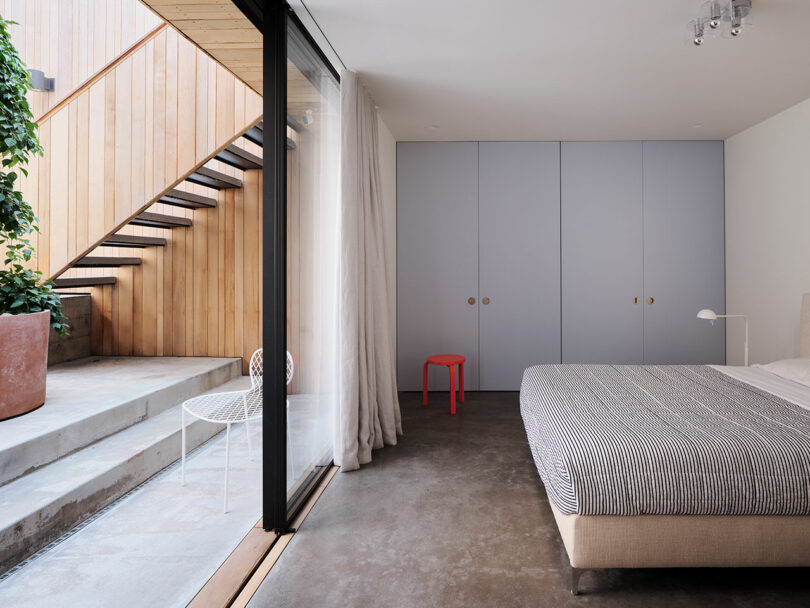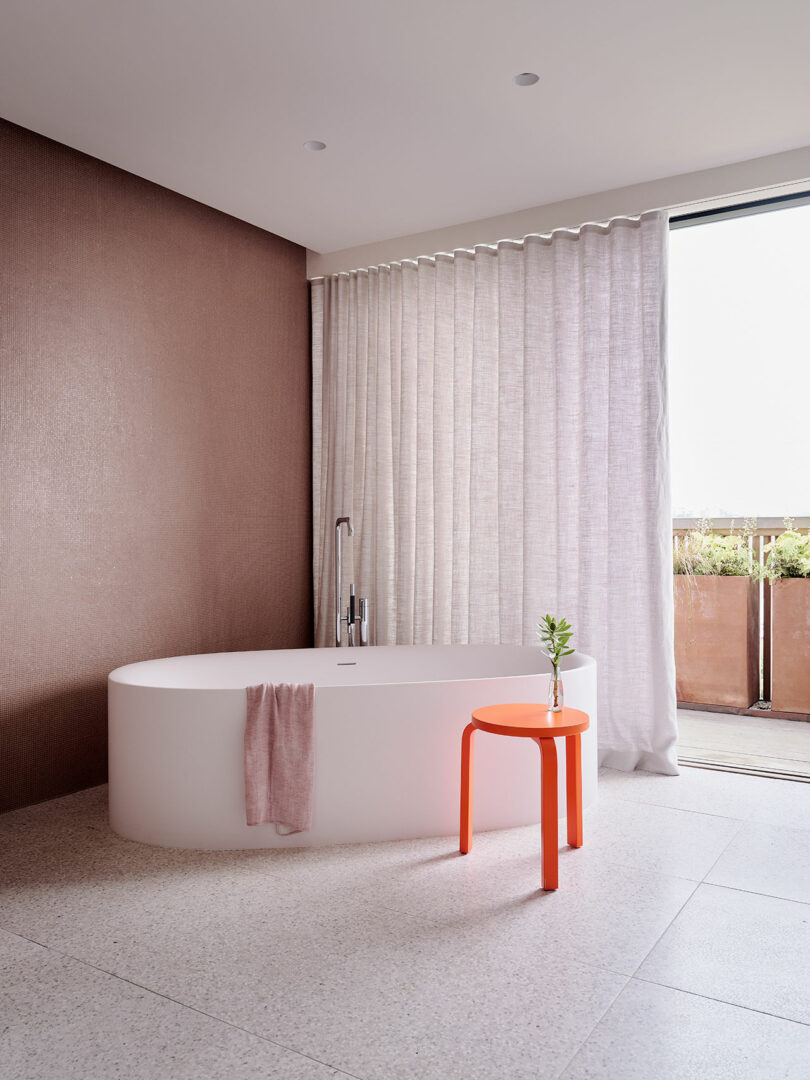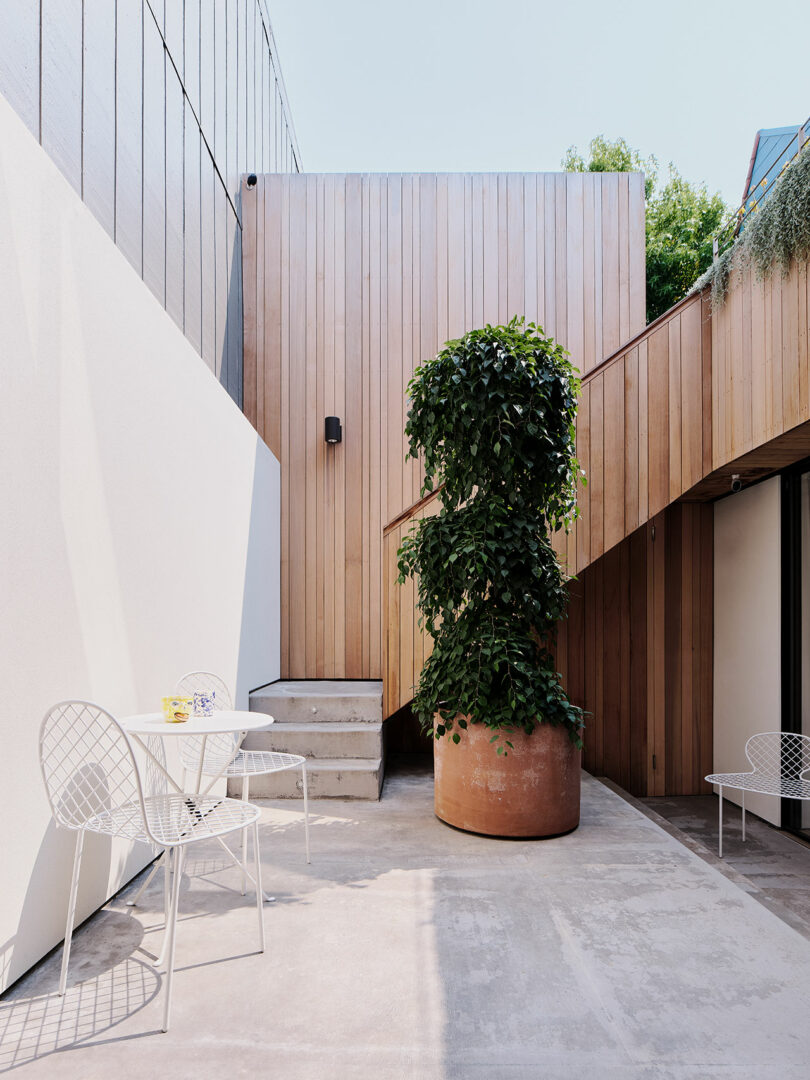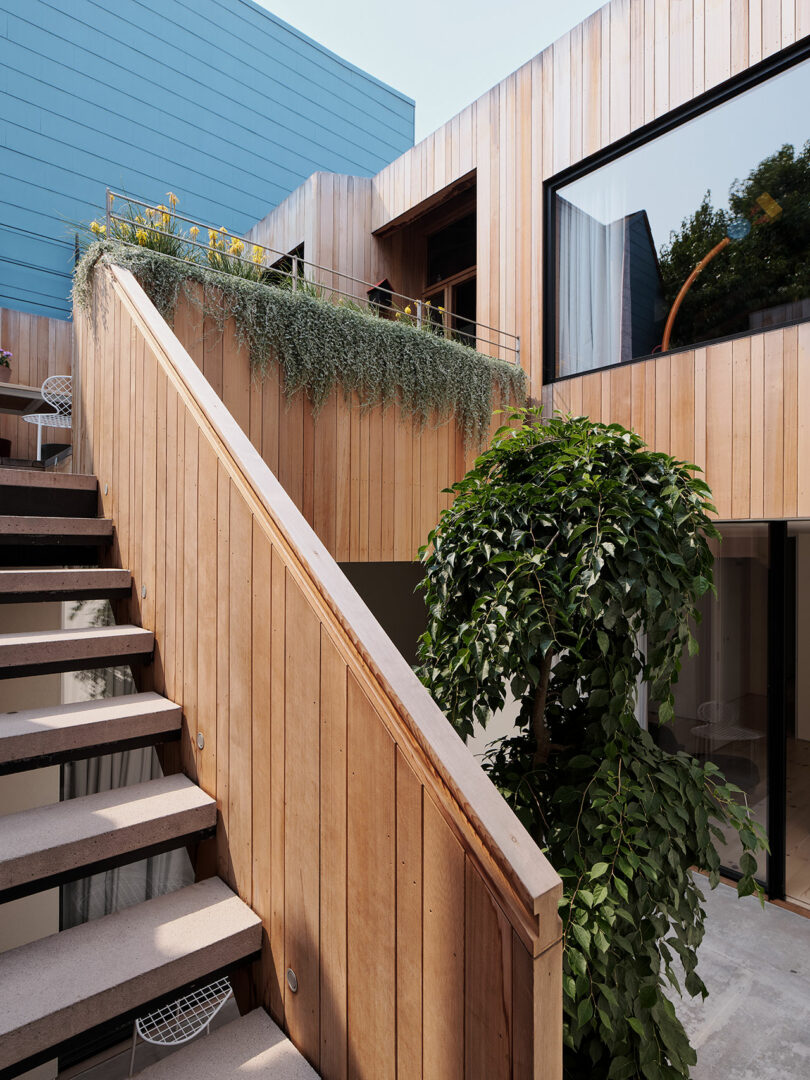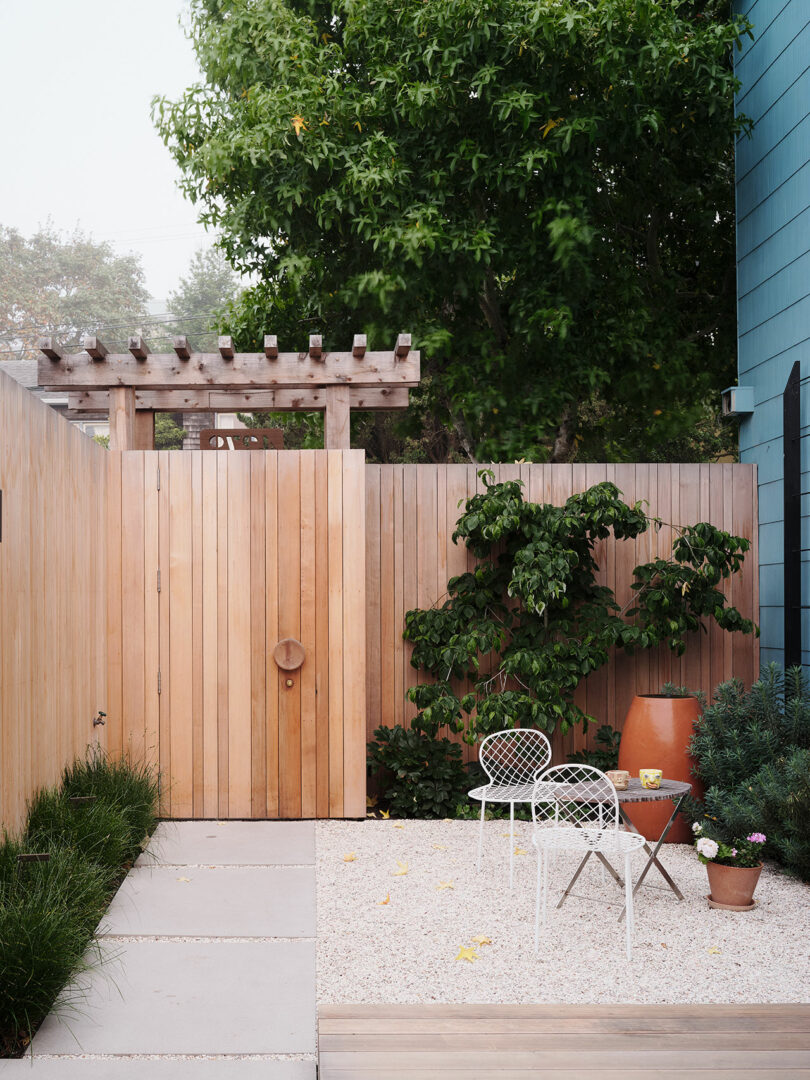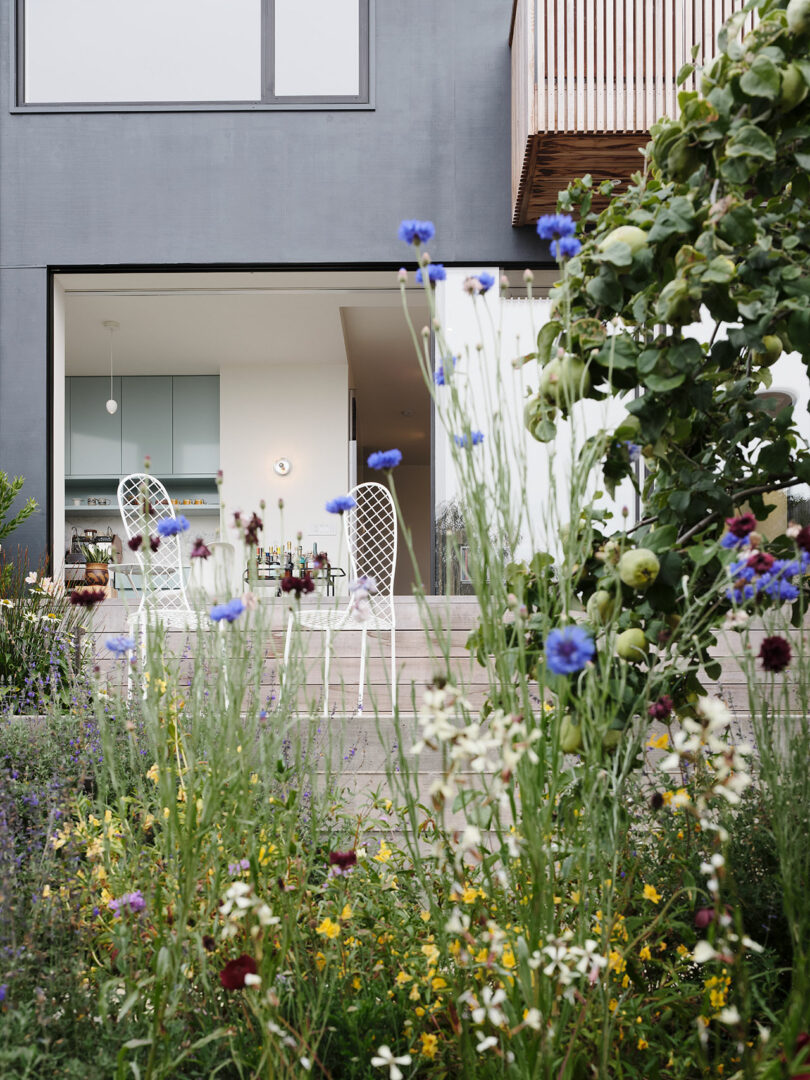In San Francisco’s layered architectural panorama, few initiatives handle to stability legacy and modernity with the finesse demonstrated in Studio Terpeluk’s transformation of the Redwood Home. Initially designed in 1974 by Albert Lanier – an influential modernist and the husband of famend sculptor Ruth Asawa – the residence was already steeped in design significance. Lanier’s signature fashion, marked by geometry, immersive apply of redwood, and a sensitivity to the pure environment, positioned the house as a serene icon of its time. Right now, due to an imaginative renovation, the home lives once more with renewed significance.
Studio Terpeluk’s method to the renovation was neither preservationist within the unyielding sense nor a radical overhaul that erased all its character. As a substitute, the studio embraced the problem of participating with the house’s architectural DNA, searching for to not substitute it, however to increase it into a recent context. Their philosophy was uncomplicated: intervene solely the place essential to reveal the house’s finest qualities.
The spatial format was subtly however considerably revised. Rooms that after felt compartmentalized had been opened up, permitting lithe to journey extra freely and enabling visible connections that improve the sense of house. Views of town had been framed, and inside pathways had been realigned to create a smoother circulate between zones. The result’s a residence that feels each extra comprehensive and extra cohesive, with out dropping its sense of intimacy.
One of many renovation’s highlights is its materials palette – a tactile and considerate interaction between venerable and modern. On the middle is wooden. The house’s authentic hot redwood interiors function a basis for the design. To enrich and stability this, Studio Terpeluk launched reclaimed Douglas fir flooring sourced from former pier pilings – a nod to sustainability. These reclaimed parts introduce a added texture and a lived-in authenticity that enhances the unique surfaces fairly than competing with them.
Elsewhere, supplies reminiscent of terrazzo, poured concrete, and honed grey marble add distinction and depth. These surfaces stability the wood-heavy areas and introduce moments of shock by means of their diversified patterns and finishes.
Integral to the renovation was an exploration of colour and lithe. Studio Terpeluk collaborated with designer Beatrice Santiccioli to create a colour language that evolves with the structure. Moderately than apply colour as a unchanging overlay, they developed a nuanced scheme that responds to shifts in daylight, quantity, and performance. Bolder hues greet guests on the higher stage steadily fading into softer tones as one descends – mirroring the transition from public to personal.
A sculptural staircase crafted in blackened metal connects the 2 ranges and creates a active juxtaposition to the pure woods. It anchors the inside, drawing the attention and reinforcing the house’s verticality.
The outside of Redwood Home performs a vital function within the total expertise, and panorama designer Monica Viarengo was enlisted to reimagine the outside areas with equal thought. Her design begins on the entry courtyard. As guests transfer by means of the property – up into the non-public courtyard and down towards the terraced again backyard – the planting scheme shifts from curated and organized to wild and expressive.
The newly reclad facades, now wrapped in irregular planks of western pink cedar, unify the house’s visible identification. The wooden’s diversified grain and tone work organically with the panorama, permitting the home to age gracefully, very like a pure factor in its personal habitat.
For extra data on the Redwood Home or Studio Terpeluk, go to studioterpeluk.com.


